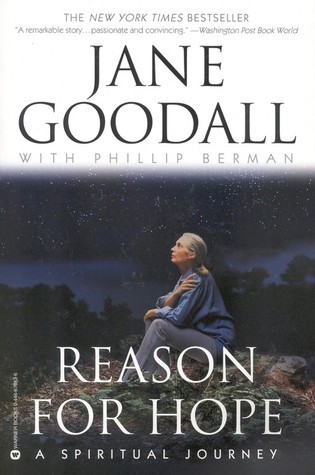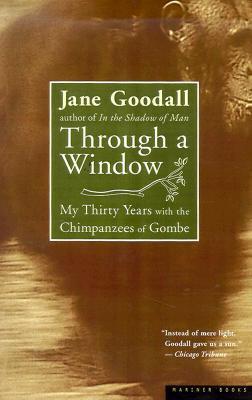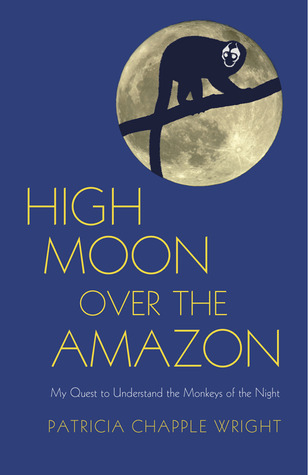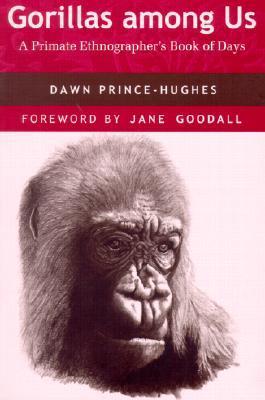
In the Shadow of Man
Book Description
In a world where chimpanzees mirror our deepest instincts, one woman embarks on an unprecedented journey into their lives. Through heart-stopping encounters and poignant revelations, the bond between species unfolds, revealing wild communities defined by emotion, struggle, and survival. Each page immerses readers in the lush, untamed landscapes of Gombe, where the thin line between humanity and the wild blurs. As secrets of communication and kinship emerge, the quest to understand these remarkable beings raises urgent questions about conservation and our place in nature. Will this intimate exploration bridge the gap between man and beast, or deepen the divide?
Quick Book Summary
"In the Shadow of Man" by Jane Goodall chronicles the groundbreaking fieldwork that redefined our understanding of chimpanzees and human nature. Embarking alone into the forests of Gombe, Tanzania, Goodall immerses herself in chimpanzee communities, forging deep observations that uncover their complex social lives, emotional bonds, and intelligence. Through firsthand encounters—often filled with suspense, discovery, and moments of genuine connection—she reflects on our evolutionary kinship and the delicate balance between observer and participant. The memoir captures her awe at chimpanzee communication, child-rearing, and conflict, revealing their profound similarities to humans. Goodall’s compassion and determination also highlight the urgent need for conservation, challenging readers to reconsider humanity's responsibility toward other species and the environment. Her narrative is a captivating call to value the wild, learn from it, and ensure its survival.
Summary of Key Ideas
Table of Contents
Immersion in Wild Chimpanzee Communities
Arriving in the untouched forests of Gombe, Jane Goodall embarks on her pioneering study of wild chimpanzees, facing tremendous personal and scientific challenges. Alone in unfamiliar territory and with little formal training, she gains the trust of the local chimpanzee communities through patience and gentle persistence. Her early days are marked by fleeting glimpses and slow advancement, but as the animals become accustomed to her presence, Goodall is gradually welcomed into the fringes of their world, allowing her to witness moments seldom seen by outsiders.
Observing Chimpanzee Social Structure and Behavior
As Goodall’s observations deepen, she uncovers the rich social tapestry of chimpanzee society. She records intricate relationships—maternal bonds, alliances, hierarchies, and rivalries—that define the group’s daily existence. Goodall meticulously details how chimpanzees use gestures, grooming, and vocalizations to communicate, showcasing the emotional depth underlying their interactions. Individual personalities emerge, revealing the complexity and diversity within the group, and allowing readers to connect with the apes as unique beings rather than distant subjects.
Human-Animal Kinship and Emotional Connections
Goodall’s narrative blurs the boundaries between species, prompting questions about what it means to be human. The similarities between chimpanzees and people—cooperation, compassion, play, jealousy, and aggression—prompt her to reflect on the shared evolutionary lineage and emotional landscape. These parallels foster empathy and a sense of kinship, complicating the traditional view of humanity’s separation from the natural world. Goodall gently challenges readers to consider how recognizing these connections changes our ethical perspectives.
Scientific Discovery and Challenges of Field Research
Conducting groundbreaking research in the field, Goodall faces skepticism from the scientific community, logistical hardships, and the unpredictability of wild nature. Her meticulous approach, coupled with an openness to unexpected observations—such as documenting tool use in chimpanzees—reshapes established views about animal intelligence and behavior. Her work stands as a testament to the value of perseverance, curiosity, and flexibility in scientific discovery, encouraging future generations of researchers.
Conservation and Ethical Responsibility
Witnessing firsthand the threats facing chimpanzees—habitat loss, hunting, and human encroachment—Goodall incorporates a passionate plea for conservation. Her account connects the fate of chimpanzees to wider issues of biodiversity, environmental stewardship, and ethical obligation. She calls upon readers to advocate for the protection of wild species, emphasizing the shared future of humanity and the natural world. Combining memoir, scientific observation, and activism, Goodall’s story ultimately inspires action and renewed respect for life in all its forms.
Download This Summary
Get a free PDF of this summary instantly — no email required.





